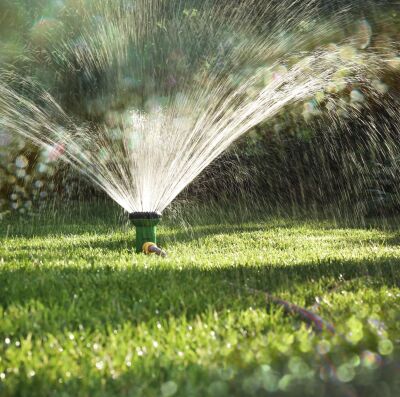BLOOMFIELD HILLS — The city of Bloomfield Hills asks residents who are connected to the water system to follow a series of new irrigation guidelines this summer after finding a deficient water valve that provides water throughout the city.
“The (pressure relief valve) that is in need of replacement is in jeopardy of failing due to normal wear and tear,” Bloomfield Hills City Manager David Hendrickson said.
The replacement for a PRV is scheduled for the fall, once water demand lessens. Hendrickson said maintenance personnel were able to replace some parts of the valve to help the situation while the city waits for water demand to subside.
Until the replacement is completed, the main mission of the city is to reduce water consumption during peak times of the day.
“The city wants to do everything it can to help the proper operation of the PRV. Although it is working now, we do not want to put additional stress on it unnecessarily,” Hendrickson said. “The watering guidelines are designed to reduce potential stress to the valve.”
If the valve fails, Hendrickson said, they would then be forced to ask for the use of emergency water flows from community partners.
Since increased consumption of water between 4 and 9 a.m. could potentially result in low water pressure for homes and businesses, the city asks residents to refrain from watering their lawns during this time, as well as 4-9 p.m. These times are currently the peak times for water usage in the city.
Instead of watering during peak times, the guidelines set by the city ask residents to program their automatic sprinkler systems to water between 9 p.m. and 4 a.m.
These guidelines are set to be followed until Oct. 1. During this time, the city also asks that residents stick to either even or odd days while using their outdoor water source.
Lori Imboden, a consumer horticulture educator for the MSU Extension of Oakland County, offered some tips for residents affected by these guidelines.
A rain gauge is a useful tool that Imboden encourages people to use when attempting to save water.
“That way you can see how much water is actually falling so you are not watering more than is needed.”
For the most part, Imboden said, vegetable gardens, flowers and turf are estimated to only need about an inch of water per week. So, if it rains in the area, a rain gauge can be used to show how much more water is needed to care for the plant after it rains.
Imboden also said that it is wise to consider choosing the plants that are right for a situation in regards to the amount of moisture that’s available.
For instance, plants that do not require as much irrigation could save time, money and water.
“Anytime that we can conserve water is great, and that can also save a lot of money by choosing things that are thrifty with water,” Imboden said.
Residents and business owners with questions about these guidelines can contact wrc@oak gov.com.
 Publication select ▼
Publication select ▼






















